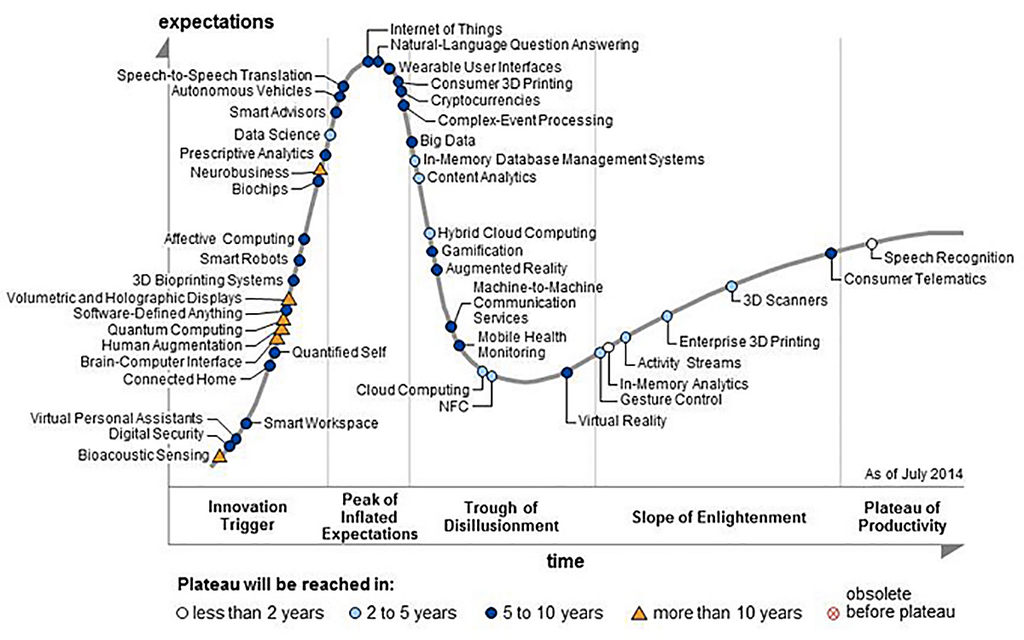522 words | ~3 min
We published this update to clients earlier this week. I'm reposting it here in case it's useful to anyone working with Twitter data. If you have questions about this or want to know more, drop me an email.
Within the last few days, Twitter has released a major update to its analytics platform. One of the new metrics included is 'impressions' – a count of how many times a tweet was seen. This information was previously available only for promoted (paid) tweets.
Fabric's data science team has been analysing the new data for our clients' accounts. The result is striking: on average, only 16% of followers see each tweet that a brand publishes.
Why this matters
The update means that, for the first time, brands can compare the organic performance of their tweets against their other media – and particularly against Facebook.
Facebook has been widely criticised for the declining 'organic' reach of brand posts, which we have been tracking since Q4 2012 and which is now as low as 2% of the total fan base, for large brand pages. Twitter has largely escaped such criticism because there has, until now, been no way of knowing how much free reach a tweet gets. This means it's been impossible to quantify the media value of a Twitter follower.
This has led to some fairly wild assumptions. A common industry shorthand for 'Twitter reach' is the total number of a brand's followers, plus the total followers of anyone who retweets that brand's content. This is a hugely optimistic measure of 'opportunities to see' that doesn't stand up to scrutiny: we know that people don't spend all day glued to Twitter, and they don't see every tweet from every account they follow.
The average reach of a tweet
For the last two years, Fabric's data science team has used an algorithm to give a rule-of- thumb estimate of true organic impressions. We've suspected that the view count of a tweet is a low percentage of the follower count, just as it is on Facebook.
Over the last few days we have been digging into the new Twitter data for our clients. On average, we've found that an un-promoted tweet is only seen by 16% of a brand's Twitter followers. For 'reply' tweets, the figure is typically between 1% and 2%.
Retweets help improve organic impressions, of course – but not by the vast amounts assumed in many calculations. There is no significant relationship between 'favourites' and the impressions a tweet gets.
Two metrics that matter
Marketers should pay attention to the new 'impressions' metric. It shows how far a tweet really travels and will let brands do better optimisation of the best times of day and week to schedule un-promoted tweets.
The other metric worth watching is the 'multiplier' on promoted posts: organic impressions as a percentage uplift on paid impressions. This is the hard currency of social media – the extra reach you achieve as a brand because people chose to follow your account, and retweet your content.
# Alex Steer (18/07/2014)
